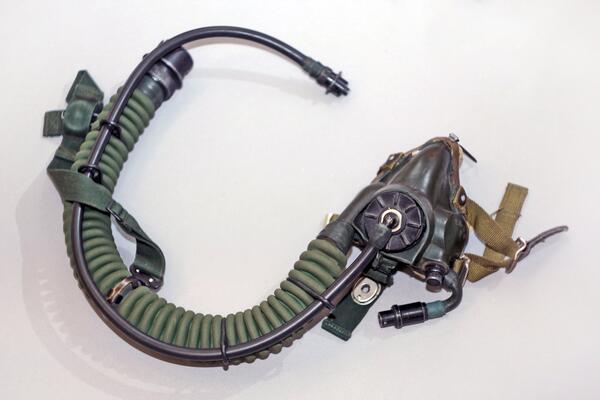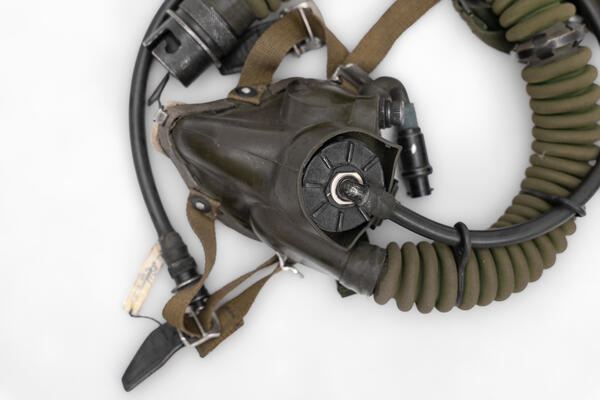In the layers of the atmosphere where civil and military aircraft fly, the composition of air is constant: air consists of about 21 percent oxygen. Yet, special oxygen masks are used when flying at high altitudes.
For normal breathing, not only the content of oxygen in the air is important, but also its partial pressure. As a person moves further away from the ground, the partial pressure decreases. This means that blood becomes less saturated with oxygen, leading to oxygen starvation. The result of this condition is a less effective performance and, in some cases, loss of consciousness.
The scientist and researcher Ivan Sechenov, who founded a special discipline that studies high-altitude adaptation in humans, listed the following signs of hypoxia, or oxygen starvation: lethargy, drowsiness, difficulty in distributing and switching attention. In some cases, conversely, instead of lethargy, euphoria that weakens critical thinking can be observed, which is especially dangerous for pilots.
Signs of altitude sickness were recorded even before the first flights in airplanes. Climbers suffered from hypoxia which prevented many from conquering the peaks. In combination with other factors, hypoxia caused altitude sickness. On average, individuals from flat areas begin to experience effects of altitude at approximately 3,000 meters. Modern passenger planes fly at altitudes of approximately 10,000 meters and military aircraft even higher. Therefore, with the advancement of aviation, there is an increased need for effective measures against altitude sickness.
Flights at an altitude of 5,000 meters and above are possible only with the use of a pressurized cabin, a spacesuit or oxygen devices. Oxygen systems installed on airplanes increase the percentage of oxygen in the inhaled air. The oxygen equipment includes a cylinder with oxygen, an oxygen device, connecting tubes and a mask with a hose. In modern aircraft, an oxygen system is often used instead of cylinders, which produces pure oxygen from air.




